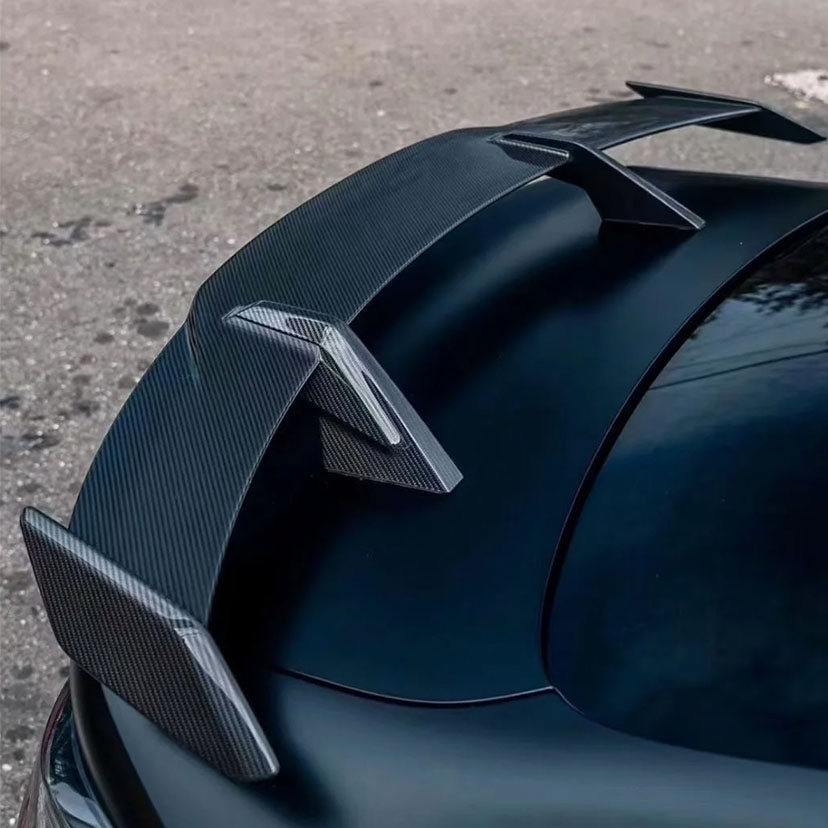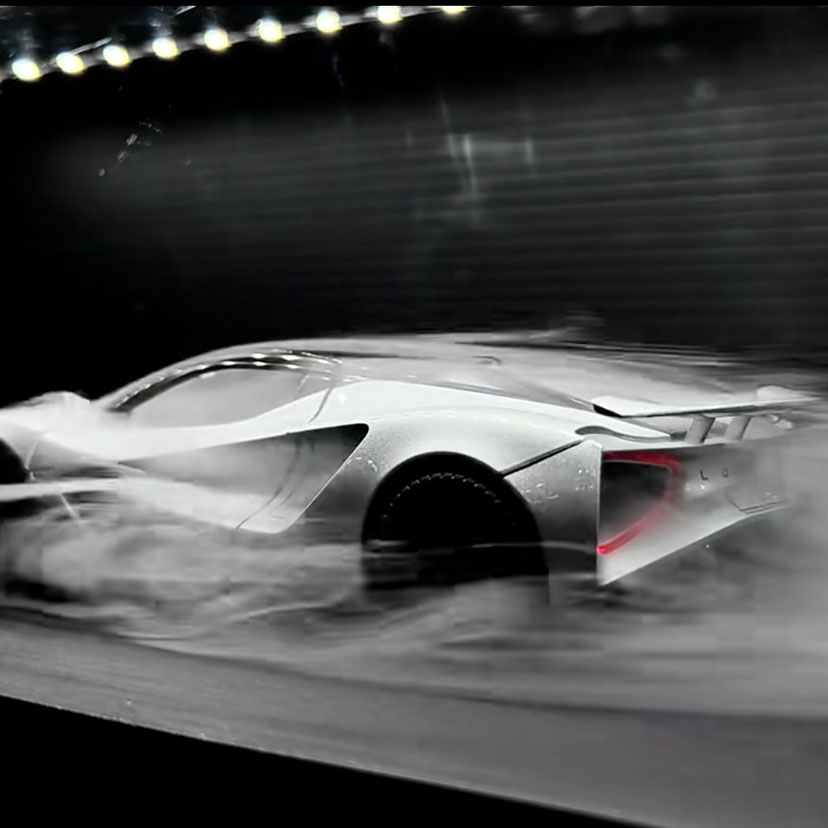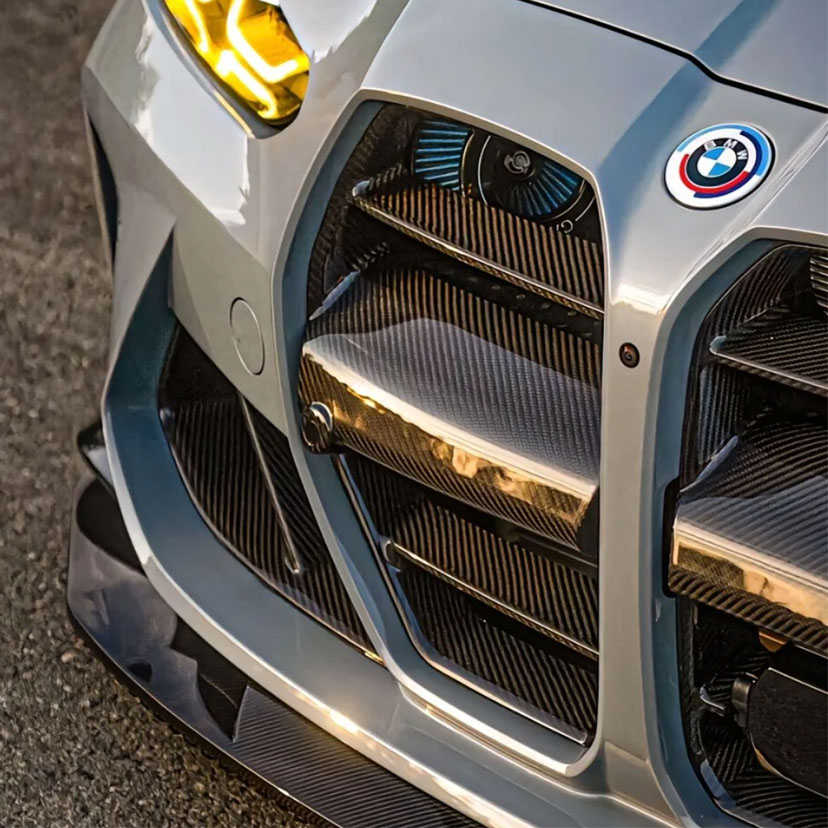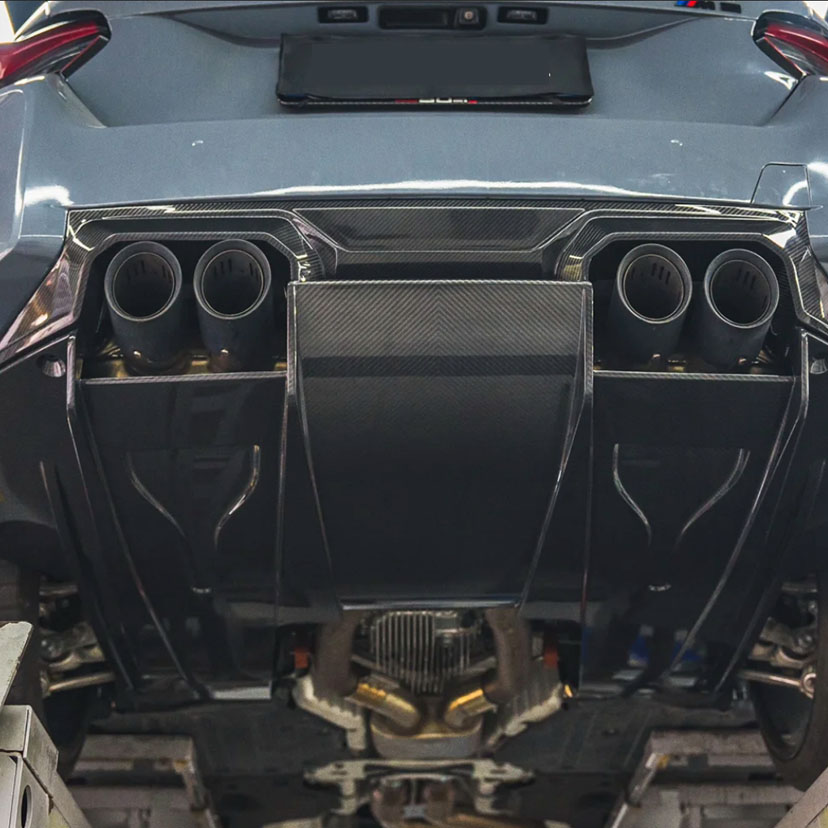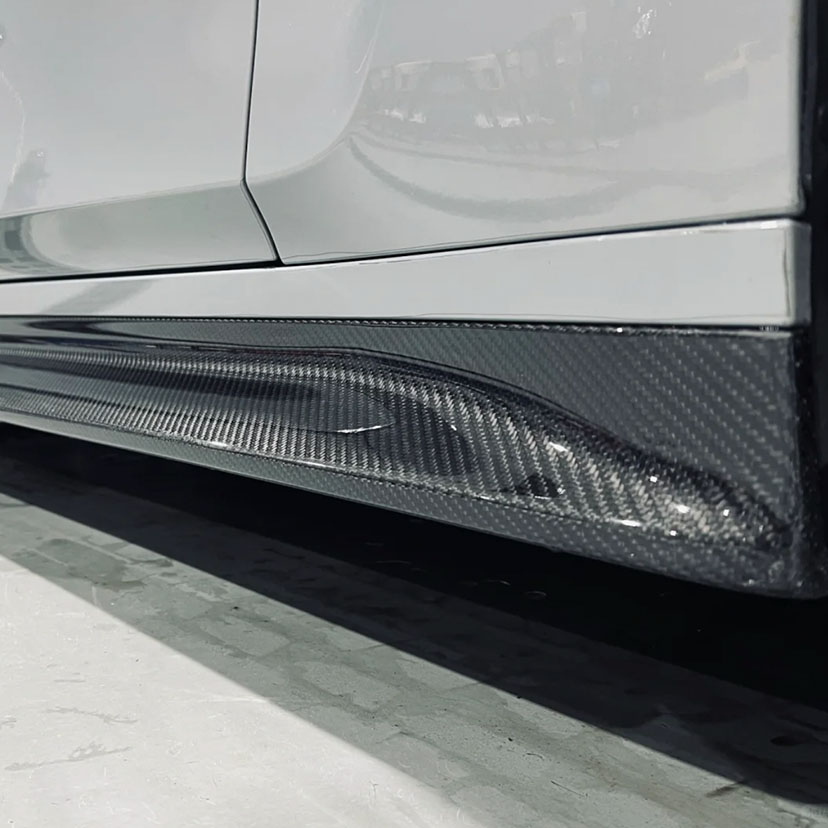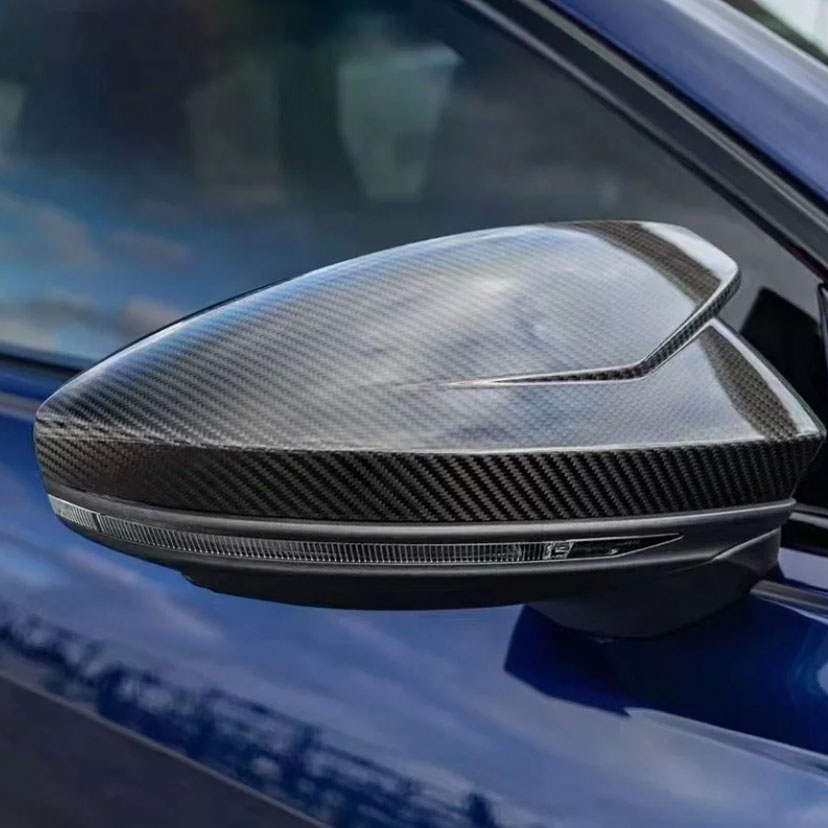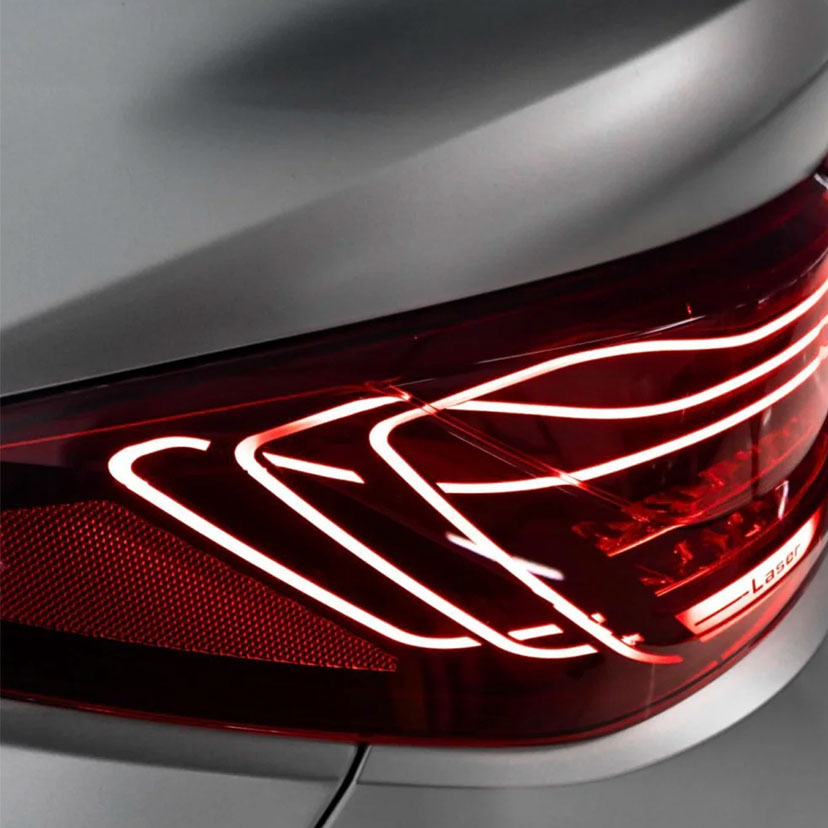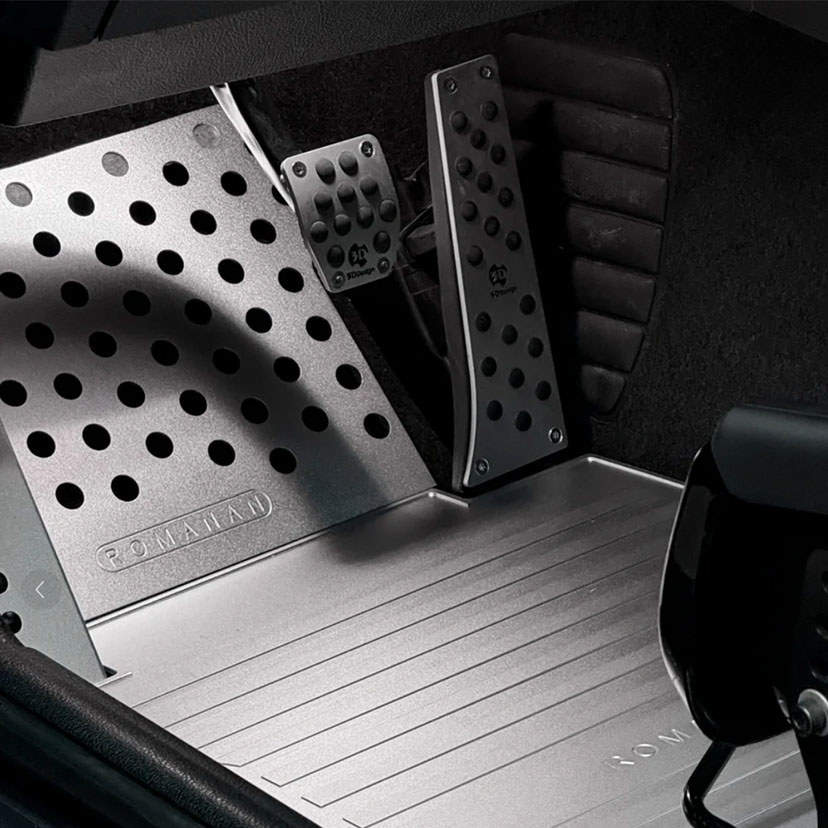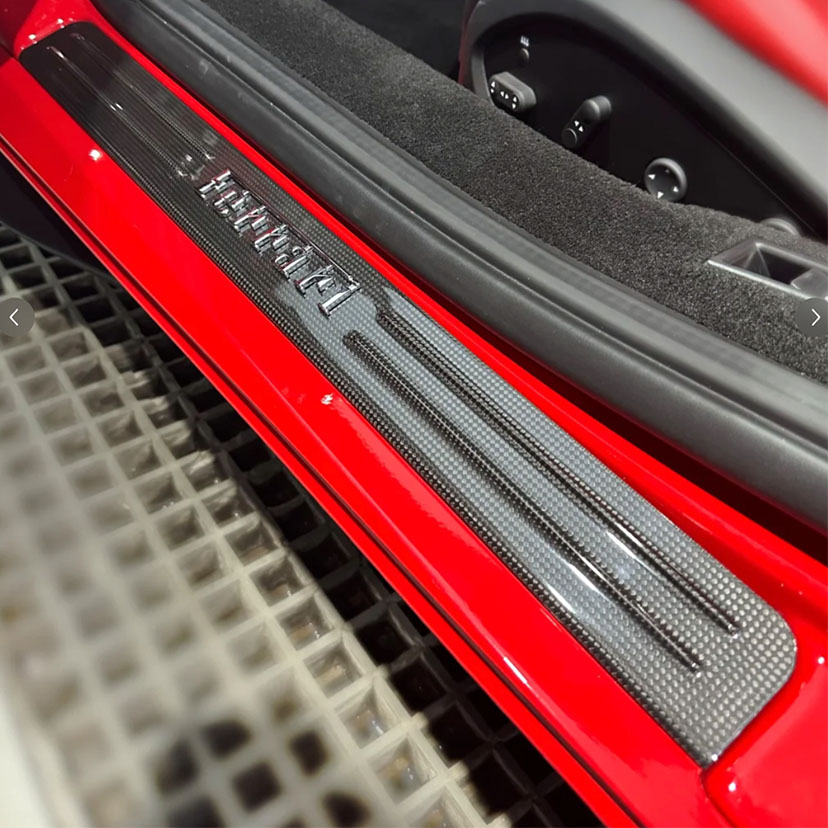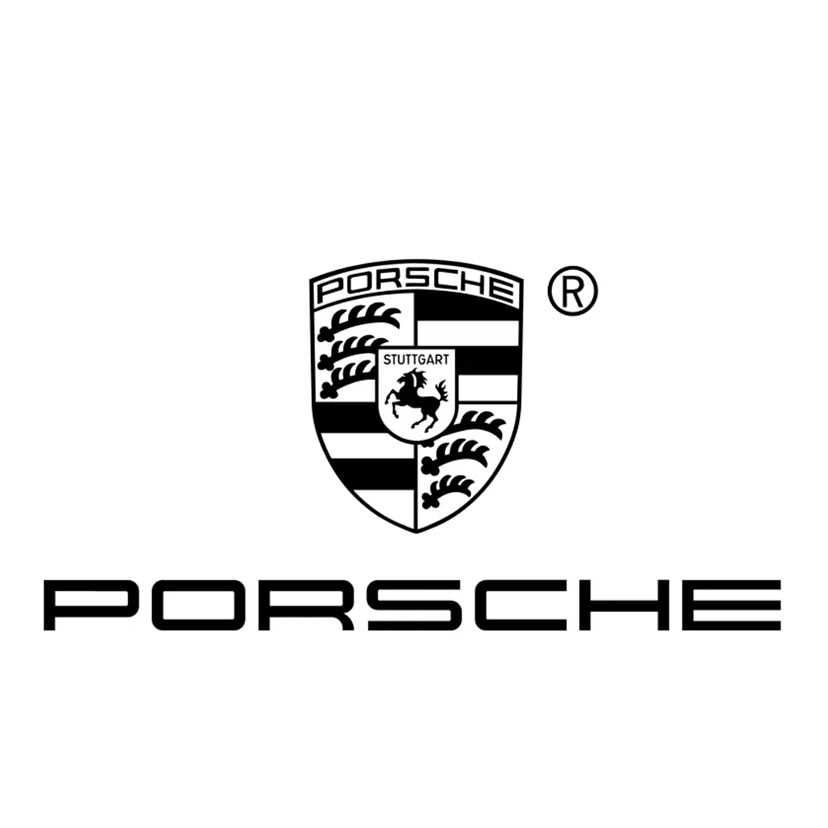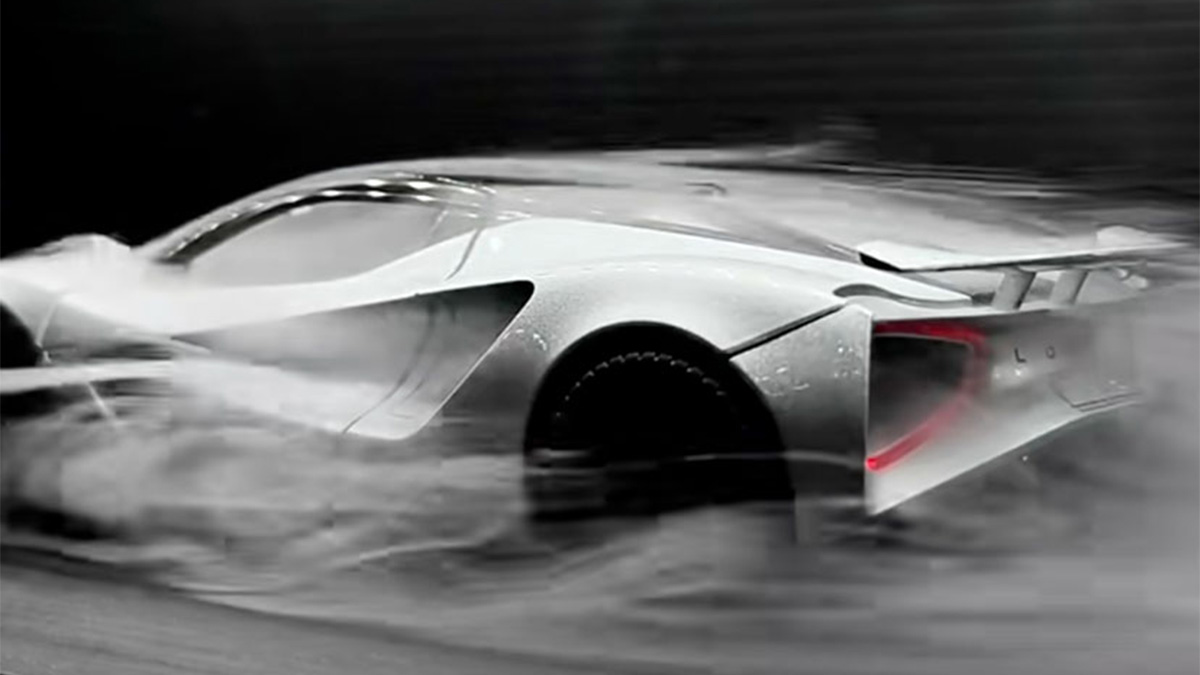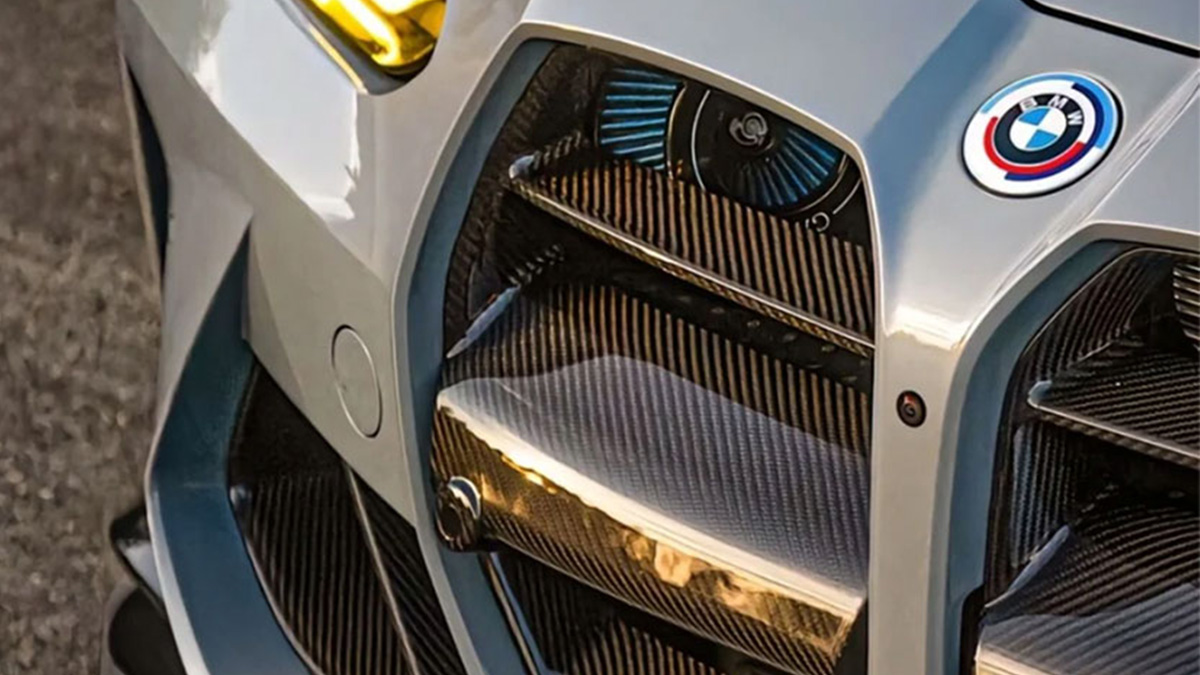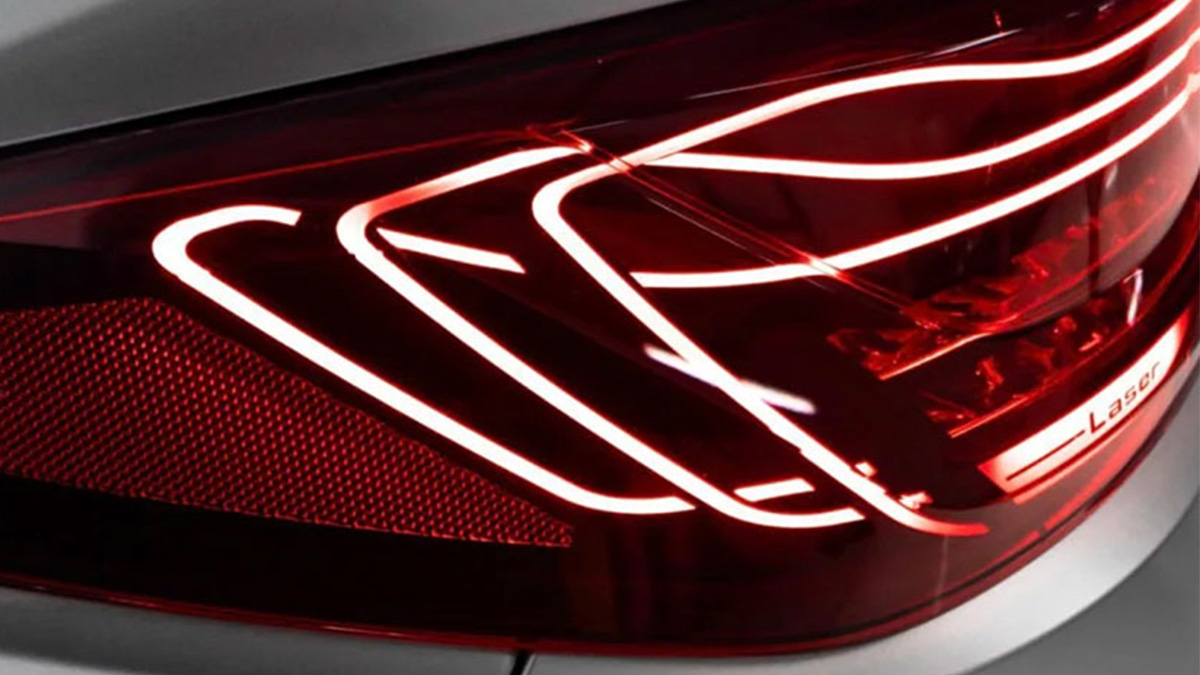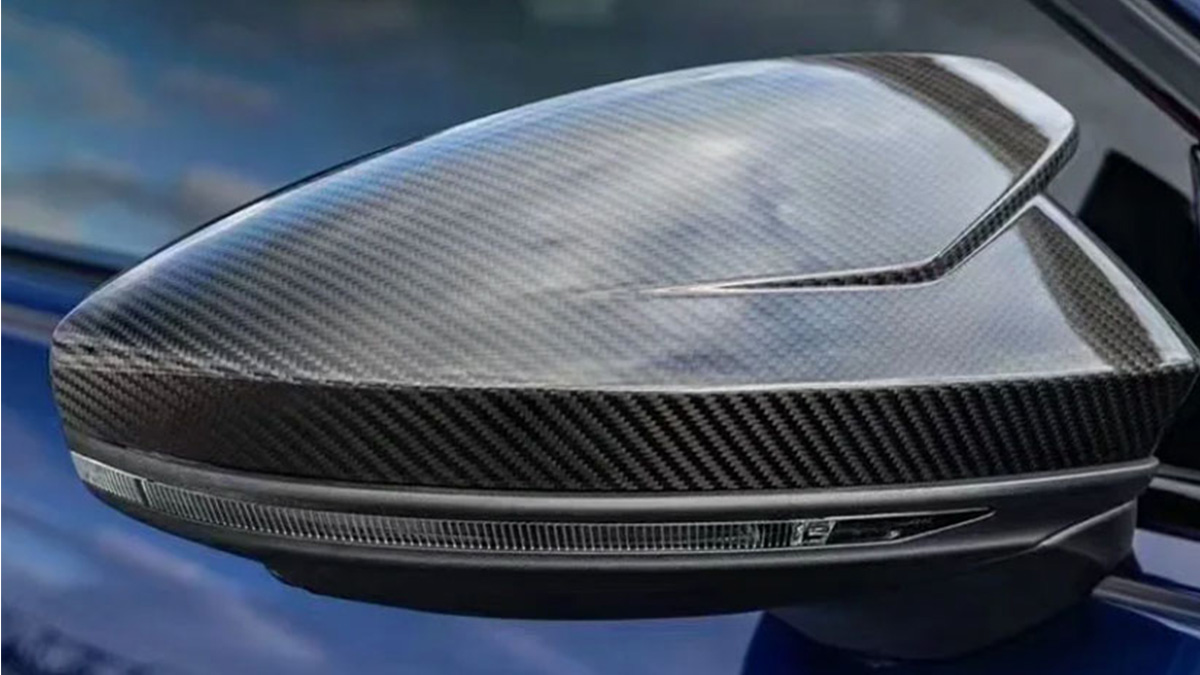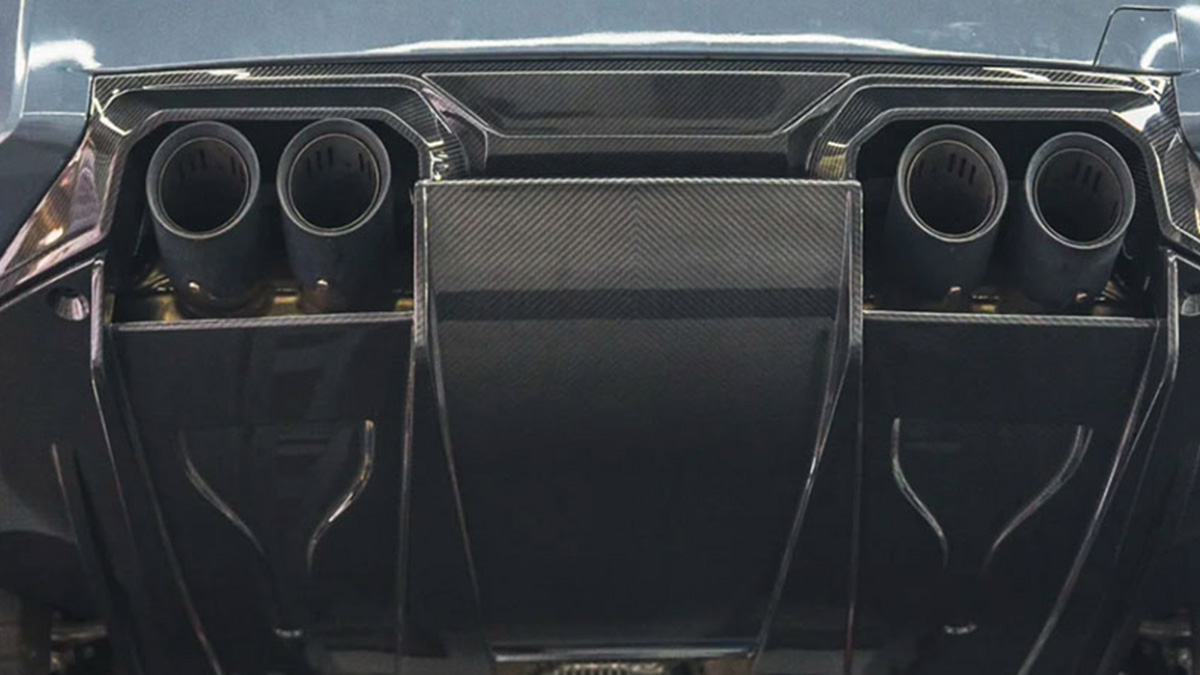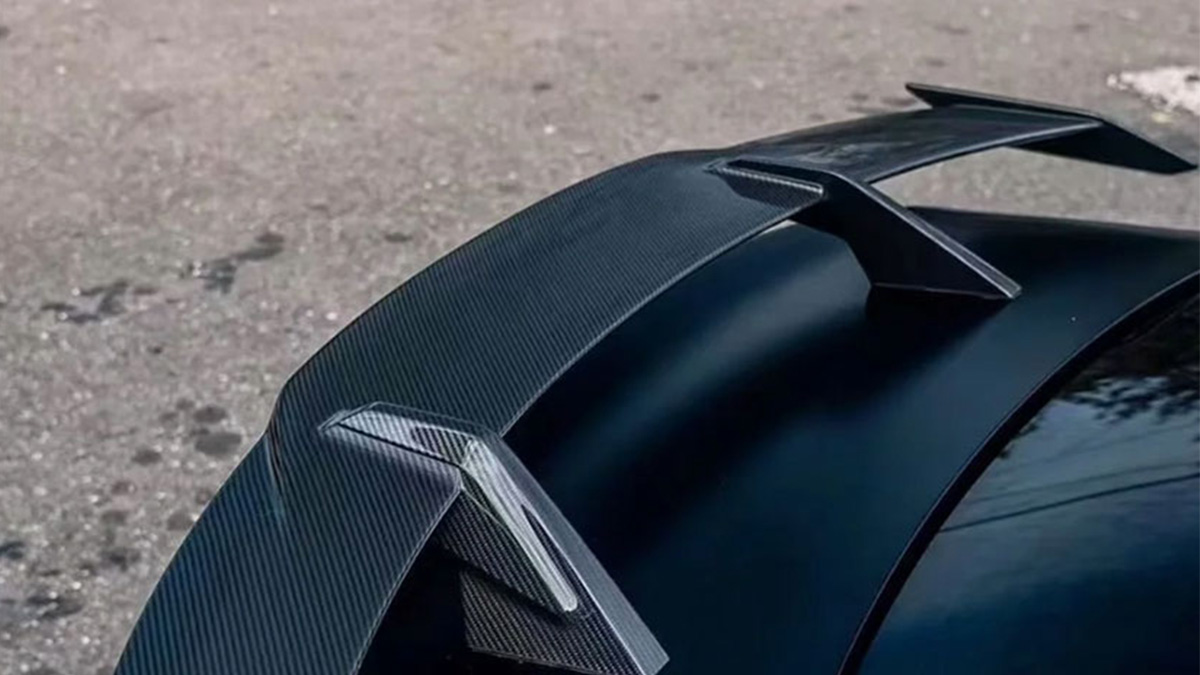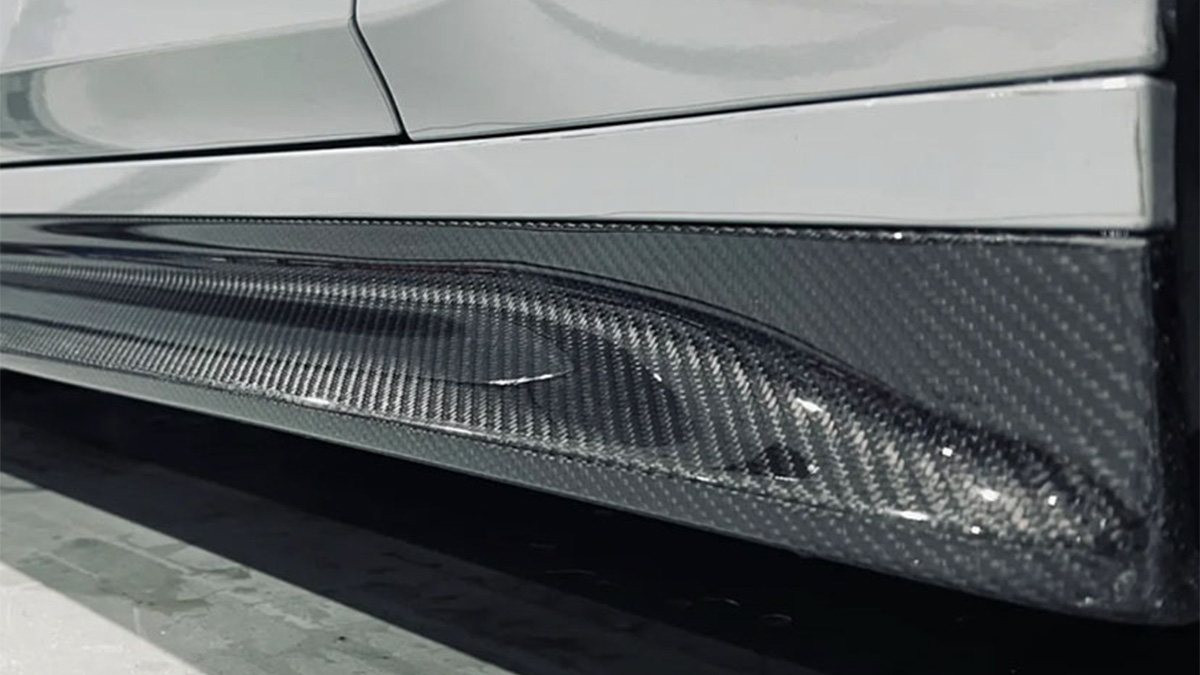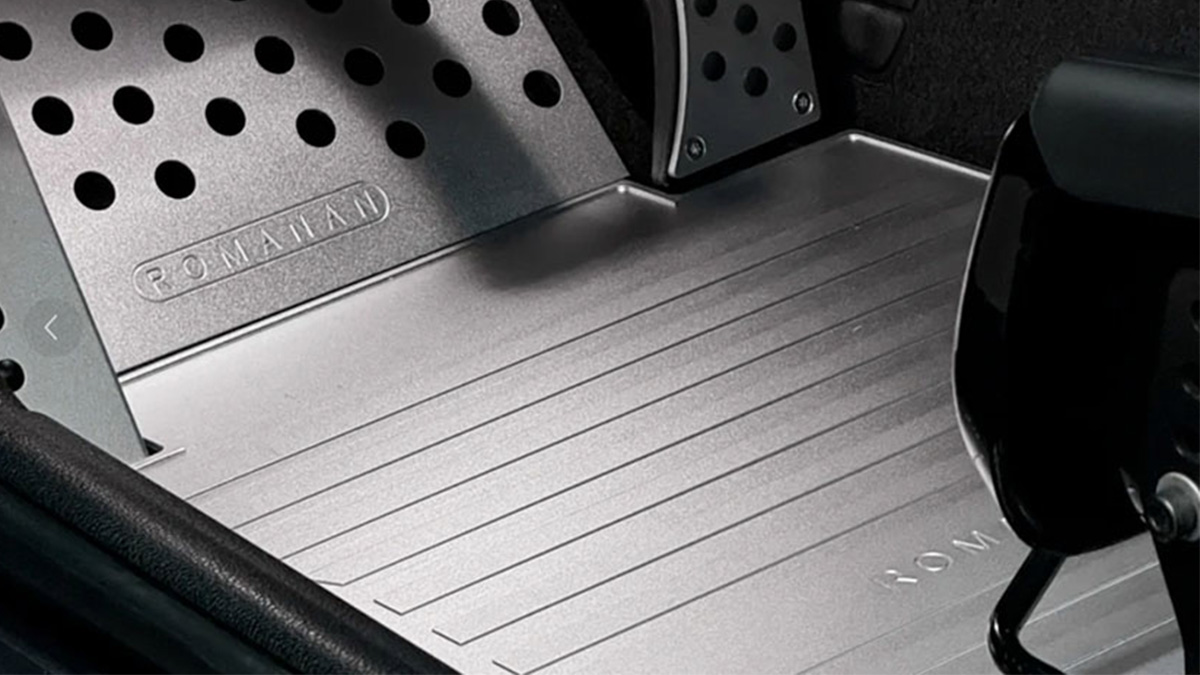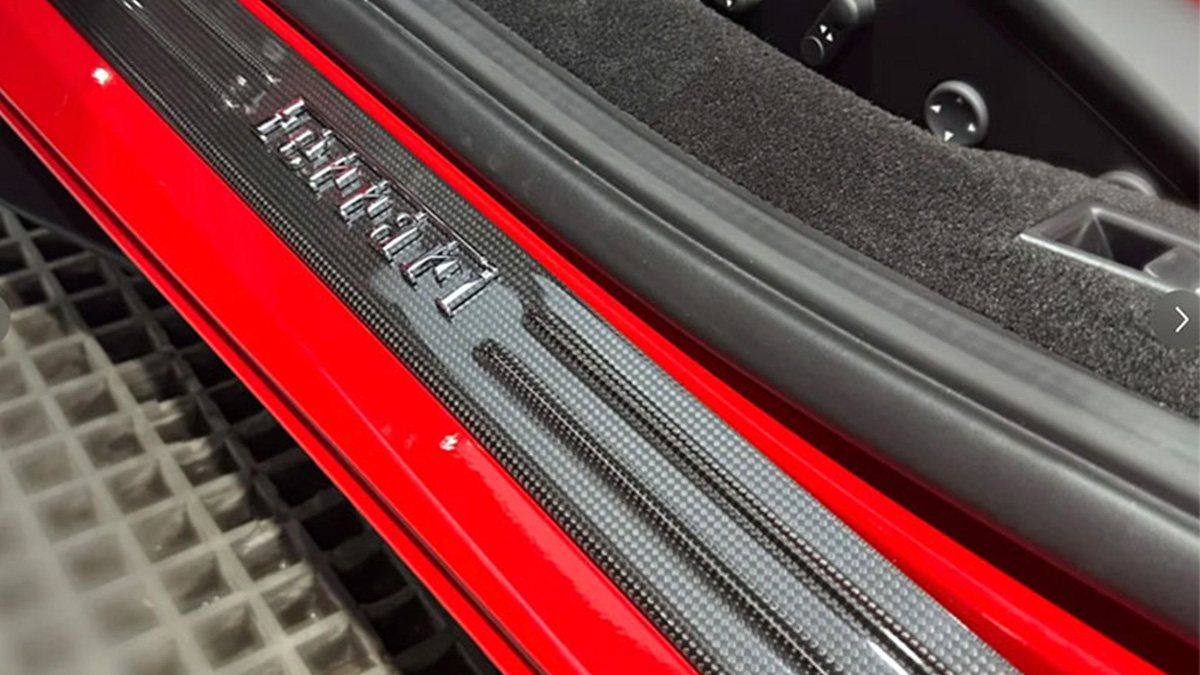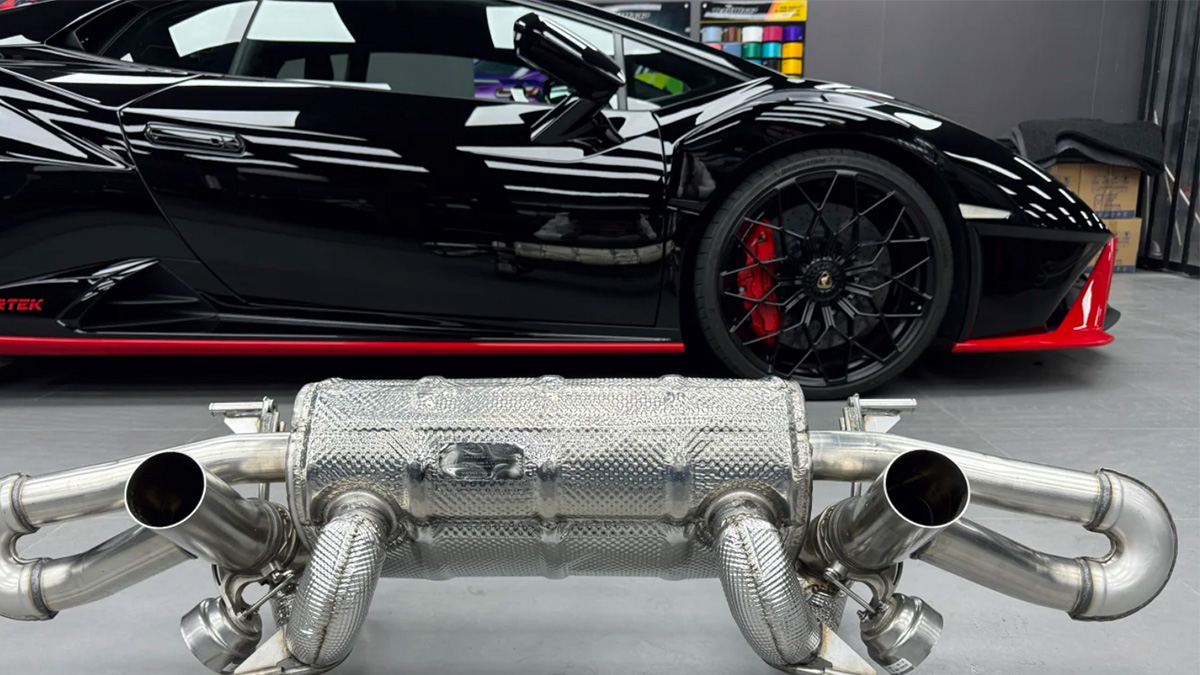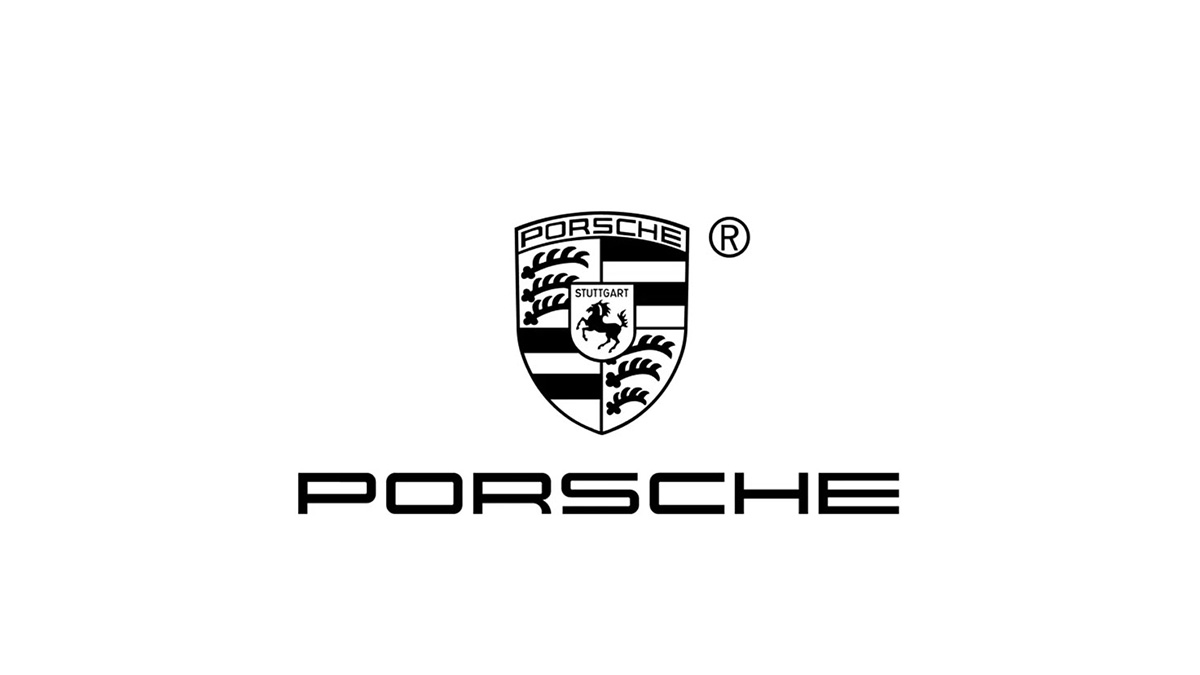Understanding the BMW B58 Engine and Its Key Features

The BMW B58 engine, a 3.0-liter turbocharged inline-six, delivers an impressive balance of performance, efficiency, and reliability. You’ll find it produces between 322 and 382 horsepower with up to 369 lb-ft of torque, ensuring smooth power delivery across the rev range. Advanced technologies like variable valve timing and a twin-scroll turbocharger enhance throttle response and fuel economy, achieving up to 30 miles per gallon. Its durable construction and innovative cooling systems make it a standout choice for enthusiasts seeking refined power and long-term dependability.
Key Takeaways
The BMW B58 engine gives 322 to 382 horsepower. This makes driving exciting for different styles.
Cool features like the twin-scroll turbo and direct fuel injection make it strong and save gas. It can go up to 30 miles per gallon.
Its closed-deck design makes it tough. It handles high pressure and lasts a long time.
Taking care of it with oil changes and check-ups is important. This keeps it working well and lasting longer.
The B58 engine works in many BMW cars. It powers sporty coupes, fancy sedans, and SUVs for all kinds of drivers.
What is the BMW B58 Engine?

Overview of the B58 Engine
Inline-six configuration and modular design
The BMW B58 engine stands out with its 3.0-liter inline-six configuration, a hallmark of BMW’s engineering excellence. This design ensures smooth operation and balanced power delivery, making it a favorite among enthusiasts. As part of BMW’s modular engine family, the B58 shares components with other engines, streamlining production and improving reliability.
Key characteristics of the B58 engine include:
A single twin-scroll turbocharger for enhanced efficiency and power.
A closed-deck block design that increases durability and reduces cylinder distortion.
High-precision direct fuel injection for optimal combustion and reduced emissions.
Advanced thermal management systems, including a water-to-air intercooler, for consistent performance.
These features make the B58 engine a versatile and reliable choice across BMW’s lineup.
Purpose and significance in BMW’s lineup
The B58 engine plays a crucial role in BMW’s strategy to deliver performance and efficiency. It replaced the N55 engine, offering improved power output and advanced technologies. You’ll find the B58 in a wide range of models, from sporty coupes to luxury sedans and SUVs. Its adaptability ensures it meets the needs of various drivers, whether you prioritize speed, comfort, or fuel economy.
BMW designed the B58 to meet modern demands for lower emissions without sacrificing performance. Its modular design also reduces production costs, allowing BMW to maintain competitive pricing while delivering cutting-edge technology.
Evolution of the B58 Engine
Successor to the N55 engine
The B58 engine succeeded the N55, building on its strengths while addressing its limitations. It introduced a closed-deck block design, which enhances durability and allows the engine to handle higher pressures. The B58 also operates at 20% more boost pressure than the N55, resulting in better thermal efficiency and power output.
While slightly larger and heavier than its predecessor, the B58 compensates with a higher compression ratio of 11.0:1. This improvement contributes to better fuel efficiency and performance. Additionally, the B58 features a unique heat encapsulation system that maintains optimal engine temperatures, reducing wear and improving longevity.
Key improvements over previous generations
The B58 engine incorporates several advancements over earlier BMW engines:
A twin-scroll turbocharger replaces the single-scroll design, improving throttle response and efficiency.
An upgraded direct fuel injection system enhances heat management and reduces emissions.
Advanced materials and technology in the engine’s interior increase durability and reliability.
A water-to-air intercooler integrated into the intake manifold ensures cooler, denser air for efficient combustion.
These improvements make the B58 engine a benchmark for modern performance and efficiency.
Key Features of the BMW B58 Engine
Turbocharging System
Single twin-scroll turbocharger
The B58 engine features a single twin-scroll turbocharger, a significant upgrade over the previous N55 engine’s single-scroll design. This turbocharging system enhances power delivery and efficiency by separating exhaust pulses from different cylinders. The twin-scroll design minimizes interference between exhaust gases, allowing the turbocharger to spool up faster. This results in reduced turbo lag and quicker throttle response, which is especially noticeable during acceleration.
The turbocharger also contributes to the engine’s compact design, saving both weight and space. With peak torque available as low as 1,500 RPM, the B58 engine delivers a broad torque curve, ensuring consistent performance across various driving conditions. This innovation makes the B58 a standout turbocharged engine in its class.
Benefits of the twin-scroll design
The twin-scroll turbocharger offers several advantages. It improves throttle response by reducing turbo lag, providing immediate power when you press the accelerator. This design also enhances fuel efficiency by optimizing exhaust gas flow, ensuring better combustion. Additionally, the twin-scroll system supports the engine’s ability to deliver relentless acceleration, making it a favorite among driving enthusiasts.
Direct Fuel Injection
Enhanced fuel efficiency and power delivery
Direct fuel injection plays a crucial role in the B58 engine’s performance. This system pumps fuel directly into the combustion chamber at high pressure, reaching up to 5,076 psi. By atomizing the fuel more effectively, direct fuel injection ensures thorough combustion. This process increases power output while reducing fuel consumption, making the engine both powerful and efficient.
Vehicles equipped with direct fuel injection benefit from improved overall performance and lower emissions. This technology allows the B58 engine to achieve an impressive balance between power and fuel economy, setting it apart from traditional systems.
Role in smooth engine operation
Direct fuel injection also contributes to the smooth operation of the B58 engine. By delivering precise amounts of fuel at the right time, it reduces engine vibrations and ensures consistent power delivery. This precision enhances the driving experience, making the engine feel refined and responsive. Combined with variable valve timing and the electric wastegate, direct fuel injection helps the B58 engine maintain its reputation for reliability and performance.
Advanced Thermal Management
Integrated water-to-air intercooler
The integrated water-to-air intercooler is a key component of the B58 engine’s advanced thermal management system. Positioned within the intake plenum, this intercooler shortens the intake path, improving throttle response. It also cools the intake air more efficiently than traditional sidemount intercoolers, enhancing both performance and thermal efficiency.
This design prevents the intercooler from obstructing the radiator, ensuring optimal cooling for the entire engine. By maintaining lower intake air temperatures, the integrated water-to-air intercooler supports the engine’s ability to deliver consistent power under various conditions.
Heat retention system for gradual heat cycles
The B58 engine incorporates a sophisticated heat retention system to manage gradual heat cycles. This system includes a heat management module driven by the crankshaft, which adjusts coolant flow rates using a rotary valve. An electric pump cools the turbocharger after the engine shuts off, preventing heat soak and extending the turbo’s lifespan.
These features ensure the engine operates at optimal temperatures, reducing wear and improving durability. The advanced thermal management system plays a vital role in maintaining the B58 engine’s reliability and performance over time.
Durable and Lightweight Construction
Closed-deck design for enhanced strength
The BMW B58 engine uses a closed-deck block design, which significantly enhances its strength and reliability. Unlike open-deck designs, the closed-deck structure surrounds the cylinder walls with solid material, providing exceptional rigidity. This design allows the engine to handle higher cylinder pressures, making it ideal for high-performance applications. You’ll notice that this feature minimizes cylinder bore distortion, ensuring consistent performance and long-term durability.
The closed-deck design also supports the engine’s ability to produce 20% more boost pressure compared to its predecessor, the N55. This improvement enables the B58 to operate at a higher compression ratio, delivering better power output and efficiency. Additionally, the engine incorporates forged steel crankshafts and connecting rods, which enhance its robustness under demanding conditions. These components are lightweight yet incredibly strong, further contributing to the engine’s durability.
Did you know? The B58 engine’s closed-deck design is paired with upgraded cooling systems, allowing it to manage high power outputs without compromising reliability.
Feature | Closed-Deck Design | Open-Deck Design |
|---|---|---|
Strength | Much stronger, suitable for high loads | Weaker, limited load capacity |
Pressure Handling | Can handle higher pressures | Risks structural integrity at high pressures |
Use of aluminum and magnesium components
The B58 engine achieves its lightweight construction through the use of advanced materials like aluminum and magnesium. The crankcase features a unique structure with a complex array of ribs and an additional reinforcement frame. This design optimizes wall thickness, reducing weight while maintaining strength. By using these lightweight materials, the engine improves overall vehicle performance, including acceleration and handling.
Aluminum is used extensively in the engine block, offering a perfect balance between weight savings and durability. Magnesium components, on the other hand, provide even greater weight reduction without sacrificing structural integrity. Together, these materials ensure the B58 engine remains both strong and efficient, making it a standout choice for modern vehicles.
The combination of a closed-deck design and lightweight materials makes the B58 engine a marvel of engineering, delivering durability and performance without unnecessary bulk.
Performance Capabilities of the B58 Engine
Power and Torque Output
Standard power figures across models
The B58 engine delivers impressive power output and torque across various models. For example, the B58B30O1 variant produces 382 horsepower and 369 lb-ft of torque, making it one of the most powerful options. Other variants, like the B58B30M0, offer power outputs ranging from 322 to 355 horsepower and torque between 332 and 369 lb-ft.
Model | Power Output (hp) | Torque Output (lb-ft) |
|---|---|---|
B58B30O1 | 382 | 369 |
B58B30M0 | 322 to 355 | 332 to 369 |
These figures highlight the versatility of the B58 engine, ensuring it meets the needs of both casual drivers and enthusiasts.
Variants with higher performance tuning
High-performance variants of the B58 engine, such as the B58B30O1, stand out with advanced engineering. This variant includes a revised fuel system and a redesigned cylinder head with an integrated exhaust manifold. Additionally, the S58 engine, derived from the B58, features a twin-turbo setup and forged internals. It delivers power outputs ranging from 473 to 543 horsepower, making it a top choice for performance enthusiasts.
Tip: If you’re looking for a balance between daily drivability and high-performance capabilities, the B58 engine offers a range of options to suit your needs.
Fuel Efficiency
Balancing power with fuel economy
The B58 engine achieves an excellent balance between power and fuel economy. It produces between 322 to 382 horsepower and up to 369 lb-ft of torque while maintaining fuel efficiency of approximately 25–30 miles per gallon. Features like a twin-scroll turbocharger and high-pressure direct fuel injection enhance combustion efficiency and reduce emissions. Variable valve timing and lift systems further optimize airflow, ensuring strong performance without compromising fuel economy.
Real-world efficiency in various driving conditions
In real-world conditions, the B58 engine consistently delivers impressive fuel efficiency. Many drivers report averages of 34–35 mpg, with some even achieving over 36 mpg on longer trips. Depending on your driving style and the specific model, you can expect anywhere from 25 mpg to 45 mpg. This versatility makes the B58 engine a practical choice for both city commutes and highway cruising.
Driving Experience
Smooth power delivery and responsiveness
The B58 engine excels in delivering smooth and responsive power. Its broad torque curve ensures consistent performance across the rev range, while the 8-speed ZF transmission provides quick and seamless shifts. A sophisticated heat management module optimizes coolant flow, helping the engine maintain peak performance under various conditions. These features work together to create a refined and enjoyable driving experience.
Engine sound and refinement
The B58 engine enhances your driving experience with its distinctive sound and refinement. Under acceleration, it produces a deep, throaty growl that adds excitement to your drive. During normal driving, the engine remains quiet and composed, offering a perfect balance of character and comfort. Technologies like TwinPower Turbocharging and VALVETRONIC variable valve control contribute to its smooth operation and responsiveness, making every drive a pleasure.
BMW Models Equipped with the B58 Engine

3 Series and 4 Series
Specific models and trims using the B58 engine
The BMW 3 Series and 4 Series showcase the versatility of the B58 engine across multiple trims and generations. Earlier models, such as the F30/F31/F34 340i (2016–2019) and the F32/F33/F36 440i (2016–2019), featured this engine, highlighting its role in delivering performance and efficiency. These models set the stage for the B58’s continued success in newer generations.
In the current lineup, the M340i (G20/G21) and M440i (G22/G23/G26) trims stand out as prime examples of the B58 engine’s capabilities. The M340i, available from 2019 to 2024, offers a perfect blend of power and refinement. Similarly, the M440i, introduced in 2020, continues to impress with its dynamic performance and smooth operation.
Model | Trim | Year Range |
|---|---|---|
3 Series | M340i (G20/G21) | 2019–2024 |
4 Series | M440i (G22/G23/G26) | 2020–present |
These trims demonstrate how the B58 engine enhances the driving experience, whether you prefer the sporty 3 Series or the stylish 4 Series.
5 Series and 7 Series
Luxury sedans featuring the B58 engine
The B58 engine also powers BMW’s luxury sedans, including the 5 Series and 7 Series. In the 5 Series, models like the 540i benefit from the engine’s smooth power delivery and impressive fuel efficiency. This makes the 540i an excellent choice for those seeking a balance between performance and comfort.
In the flagship 7 Series, the B58 engine elevates the driving experience with its refined operation and robust torque. Models like the 740i showcase how this engine complements the luxurious features of the 7 Series, providing effortless acceleration and a quiet ride. Whether you’re navigating city streets or cruising on the highway, the B58 engine ensures a premium experience.
X Series SUVs
Popular SUVs like the X3 and X5 with the B58 engine
The B58 engine plays a significant role in BMW’s X Series SUVs, including the popular X3 and X5 models. These SUVs combine the engine’s power with the practicality of an SUV, making them ideal for families and adventure seekers alike. The X3, equipped with the B58 engine, offers a sporty yet comfortable ride, while the X5 delivers a commanding presence on the road with its larger size and advanced features.
By powering these SUVs, the B58 engine ensures you enjoy a versatile driving experience, whether you’re tackling daily commutes or weekend getaways. Its smooth performance and reliability make it a standout choice in the competitive SUV market.
Z4 and Toyota Supra
Collaboration with Toyota and its impact on the Supra
The partnership between BMW and Toyota brought the B58 engine into the Toyota Supra, creating a unique blend of German engineering and Japanese precision. You might already know that the Supra and the BMW Z4 share the same platform, but the collaboration goes much deeper. Toyota rigorously tested the B58 engine to ensure it met their high standards for reliability and performance. This process included switching to a closed-deck design and incorporating a mechanical water pump. These changes enhanced the engine’s durability, making it even more robust for the Supra’s demanding performance needs.
The Supra benefits from the B58 engine’s smooth power delivery and impressive torque. With up to 382 horsepower and 369 lb-ft of torque, the Supra offers thrilling acceleration and a dynamic driving experience. Toyota’s involvement ensured the engine could handle intense driving conditions, whether you’re on the track or cruising on the highway. This collaboration also resulted in fine-tuned handling and responsiveness, making the Supra a joy to drive.
Fun Fact: The Toyota Supra’s engine bay design accommodates the B58 engine perfectly, showcasing the seamless integration of BMW’s technology into Toyota’s iconic sports car.
The Z4, on the other hand, highlights the B58 engine’s versatility. While the Supra focuses on performance, the Z4 emphasizes luxury and open-top driving pleasure. Both cars demonstrate how the B58 engine adapts to different driving styles, proving its excellence in various applications. Whether you prefer the Supra’s aggressive edge or the Z4’s refined elegance, the B58 engine ensures an unforgettable experience.
The collaboration between BMW and Toyota shows how two automotive giants can combine their expertise to create something extraordinary.
Reliability and Common Issues
General Reliability of the B58 Engine
Longevity and durability of the engine
The BMW B58 engine is widely regarded as one of BMW’s most reliable engines. Its closed-deck design ensures exceptional strength, allowing it to handle high cylinder pressures without compromising durability. Forged internals, including the crankshaft and connecting rods, enhance the engine’s robustness under demanding conditions. Advanced manufacturing techniques, such as electric arc wire spraying, reduce friction and wear, further extending the engine’s lifespan.
Feature | Description |
|---|---|
Closed-deck design | Ensures exceptional strength and durability, handling high cylinder pressures. |
Forged internals | Includes crankshaft and connecting rods for robustness under demanding conditions. |
Mitigation of common issues | Previous engine problems, like fuel injector issues, are largely resolved. |
Advanced manufacturing | Techniques like electric arc wire spraying reduce friction and wear. |
Despite being relatively new, the B58 engine has performed almost flawlessly. Minor issues reported are typical for modern engines, reinforcing its reputation for reliability.
Maintenance requirements for optimal performance
To maintain the B58 engine’s performance, regular maintenance is essential. Oil changes every 5,000-7,000 miles using BMW-approved synthetic oil prevent sludge buildup and ensure proper lubrication. Inspecting the coolant expansion tank and water pump for leaks helps avoid overheating. Coolant flushes every 50,000-60,000 miles and walnut blasting the intake valves every 50,000-70,000 miles keep the engine running efficiently. Using premium fuel minimizes carbon deposits and injector clogging, ensuring optimal performance.
Common Issues and Solutions
Potential problems with the turbocharger
The B58 engine’s turbocharger is robust, but it can develop issues over time. A common problem is wastegate rattle, which produces a metallic noise. Adjusting or replacing the wastegate resolves this issue. Turbocharger seals may also wear out, leading to oil consumption. Replacing the seals restores proper function and prevents further damage.
Addressing carbon buildup and other concerns
Carbon buildup on intake valves is another concern for the B58 engine. This issue reduces airflow and affects performance. Walnut blasting every 50,000-70,000 miles effectively removes carbon deposits. Coolant system leaks, often occurring at the expansion tank or water pump, can cause overheating. Replacing faulty components promptly prevents further complications. Regular inspections of the valve cover and oil filter housing gaskets help identify and address oil leaks early.
Maintenance Tips
Regular oil changes and inspections
Frequent oil changes are crucial for the B58 engine’s health. Changing the oil every 5,000-7,000 miles instead of the recommended 10,000 miles ensures better lubrication and prevents sludge buildup. Regular inspections of the cooling system, including the water pump and expansion tank, help detect leaks early. These practices extend the engine’s lifespan and maintain its performance.
Benefit | Explanation |
|---|---|
Prevents sludge buildup | Regular oil changes help keep the engine clean and free from harmful deposits. |
Ensures proper lubrication | Fresh oil maintains optimal lubrication for engine components. |
Extends turbocharger life | Proper oil maintenance helps in keeping the turbocharger functioning efficiently. |
Maintains engine performance | Regular inspections and oil changes ensure the engine runs smoothly and reliably. |
Importance of using high-quality fuel and parts
Using premium gasoline (91 or 93 octane) ensures the B58 engine operates at its best. High-quality fuel minimizes carbon deposits and prevents injector clogging. Additionally, using BMW-approved parts during maintenance enhances reliability and ensures a carefree driving experience. These practices keep the engine running smoothly and reduce the likelihood of costly repairs.
The BMW B58 engine represents performance excellence in modern automotive engineering. Its advanced design combines power, reliability, and cost-effectiveness, setting a new standard for inline-six engines. You’ll find it delivers between 322 and 382 horsepower, ensuring a balance of thrilling performance and everyday usability. Features like the closed-deck design and twin-scroll turbocharger enhance durability and throttle response, making it a cornerstone of BMW’s success. Whether you’re an enthusiast or a potential buyer, the B58 engine showcases BMW’s commitment to innovation and driving pleasure.


